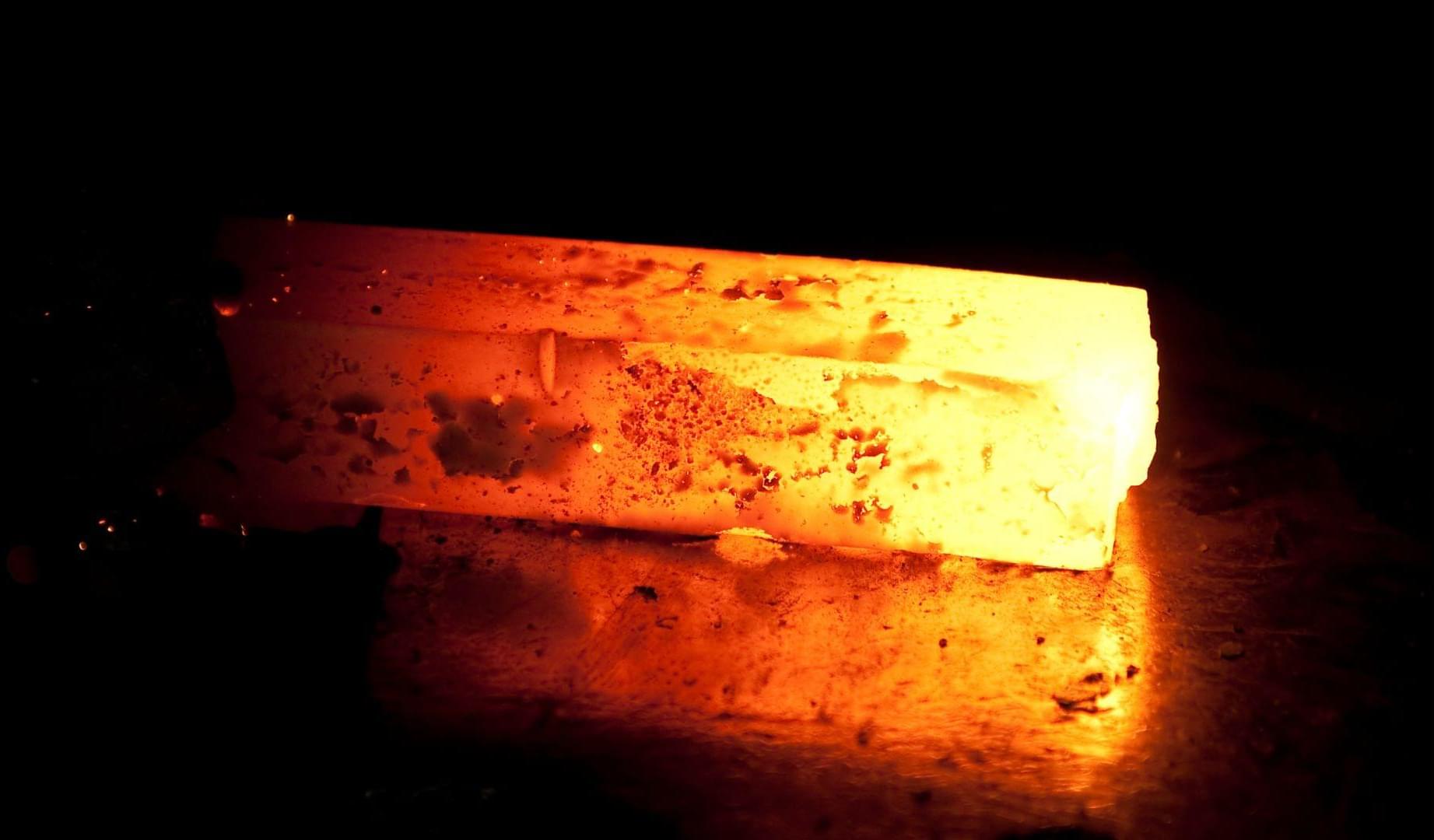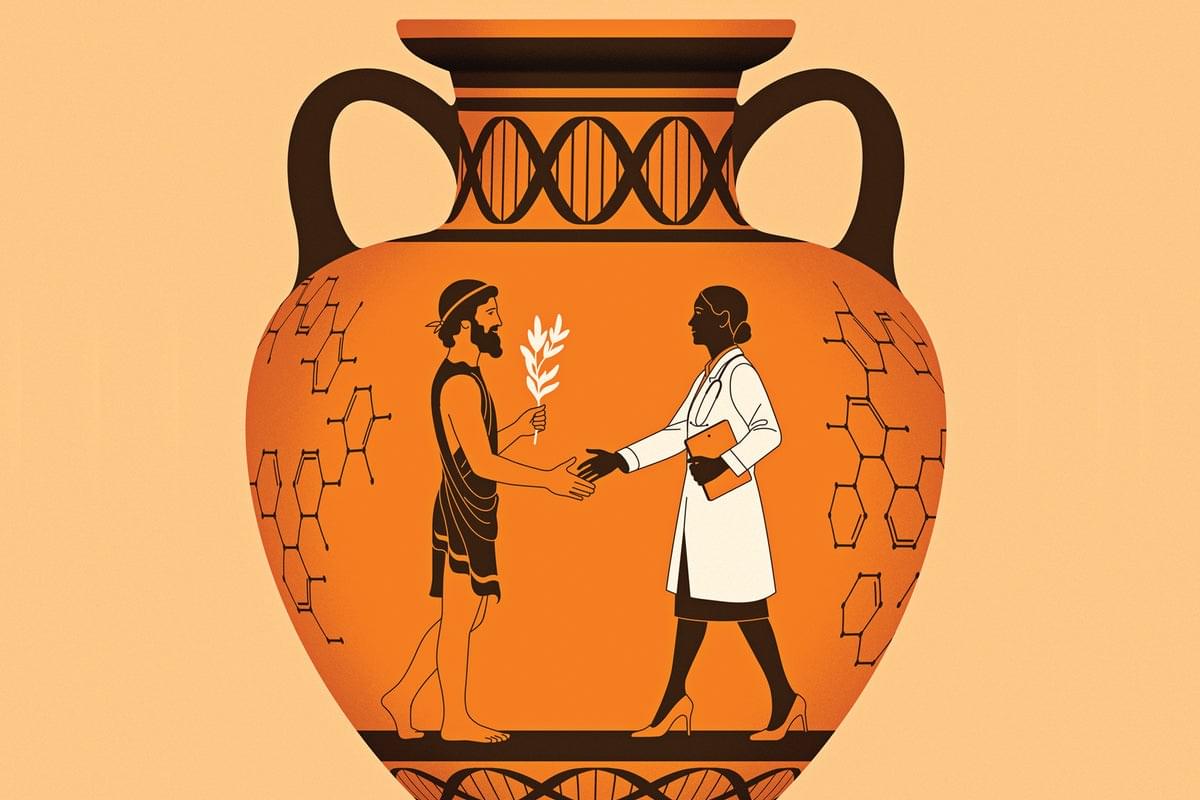Researchers have developed a new way to speed up quantum measurements, a vital building block for the next generation of quantum technologies.
Accurate and fast quantum measurements will be crucial for quantum technologies, but quantum systems are fragile and susceptible to disturbance which can cause errors. Previous work in this area presented a fundamental challenge—scientists were only able to increase the accuracy of measurements in quantum systems by sacrificing speed.
A team of quantum experts, led by the University of Bristol, have struck upon a novel way to overcome this problem, published in a Physical Review Letters journal paper.







